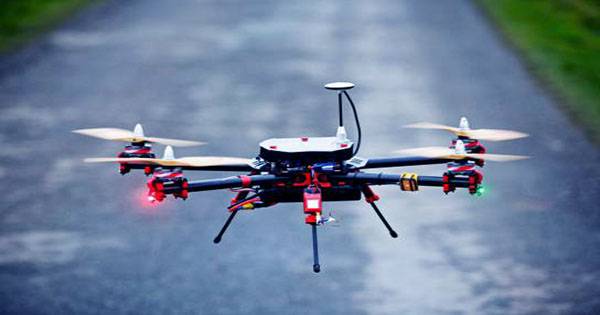Quantum-cascade lasers (QCLs) are a type of semiconductor laser that generates light in the mid- to far-infrared range of the electromagnetic spectrum. They are a significant technological achievement in the realm of laser technology and have several applications in various fields such as spectroscopy, gas sensing, chemical analysis, medical diagnostics, and free-space optical communications.
These are semiconductor lasers that emit in the mid- to far-infrared range of the electromagnetic spectrum and were originally demonstrated in 1994 by Jérôme Faist, Federico Capasso, Deborah Sivco, Carlo Sirtori, Albert Hutchinson, and Alfred Cho at Bell Laboratories.
Unlike typical interband semiconductor lasers that emit electromagnetic radiation through the recombination of electron–hole pairs across the material band gap, QCLs are unipolar, and laser emission is achieved through the use of intersubband transitions in a repeated stack of semiconductor multiple quantum well heterostructures, an idea first proposed in the article “Possibility of amplification of electromagnetic waves in a semiconductor with a superlattice” by R. F. Kazarinov and R. A. Suris in 1971.
Here are some key points about quantum-cascade lasers:
- Principle: Unlike ordinary semiconductor lasers, which create light by electron-hole recombination, QCLs emit light via electron transitions between energy levels in a specifically designed quantum well structure. The structure’s architecture allows the laser to ‘cascade’ over various energy levels, thus the name “quantum-cascade.”
- Wavelength Range: These are well-known for producing wavelengths in the mid- to far-infrared spectrum, typically ranging from 3 to 300 micrometers. As a result, they are particularly useful in areas where standard diode lasers are ineffective.
- Tunable Wavelengths: QCLs can be designed to emit specific wavelengths within their operational range, making them highly tunable for a variety of applications requiring precise control over the emitted light.
- High Power and Efficiency: These are capable of delivering high output powers, making them suitable for applications that require intense infrared radiation. With advancements in design and fabrication techniques, QCLs have also shown improvements in efficiency, enabling more practical and energy-efficient applications.
Applications
Gas sensing, environmental monitoring, industrial process control, medical diagnostics, and military and security applications such as trace gas detection and standoff detection of chemical and biological agents are some of the major applications of quantum-cascade lasers.
Challenges
Despite their benefits, quantum-cascade lasers suffer heat dissipation and manufacturing problems, which may limit their general use in particular applications. Researchers are still working to improve the performance, efficiency, and dependability of these lasers.
Overall, quantum-cascade lasers are a substantial leap in laser technology, especially in the mid- to far-infrared spectrum, and their further development holds promise for a wide range of scientific, industrial, and commercial applications.
















